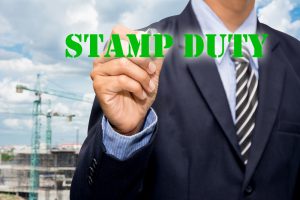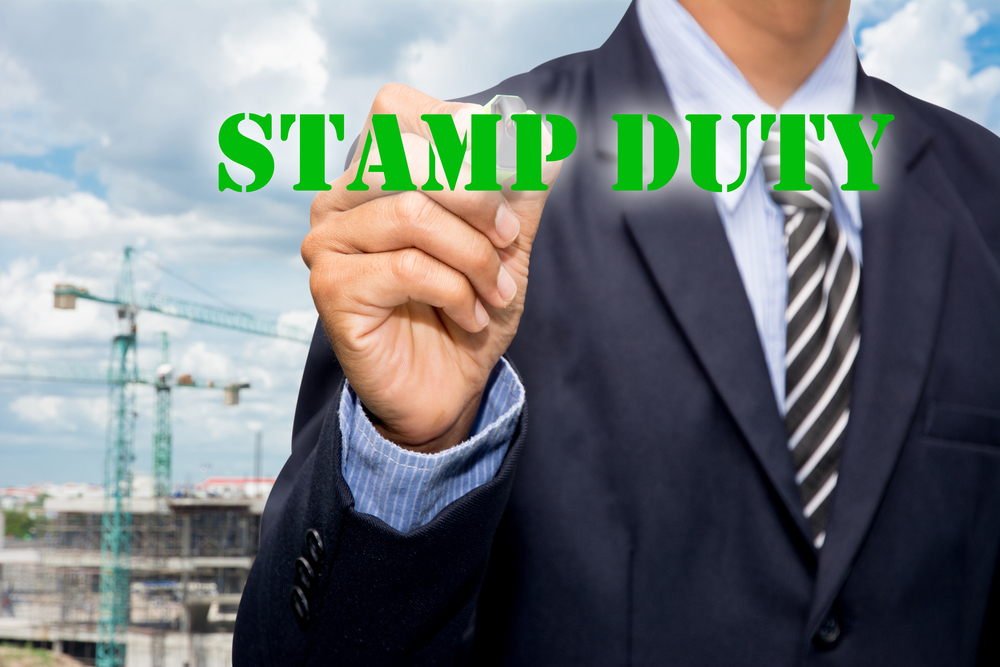 Paul and Nikki Bewley won a tribunal against HM Revenue & Customs (HMRC) because it was deemed their second home was not in a suitable condition immediately.
Paul and Nikki Bewley won a tribunal against HM Revenue & Customs (HMRC) because it was deemed their second home was not in a suitable condition immediately.
The result of the tax tribunal, which was held in Bristol, could pave the way for certain property purchases to be exempt from the 3% surcharge and only be liable for the standard rate of stamp duty.
The rules, which require owners to pay extra stamp duty on additional homes, came into force in April 2016. Although it is mainly landlords who have been impacted by the tax, it also affects those with second homes – including parents helping out on the mortgage of a son or daughter.
Derelict bungalow
In the case involving the Bewleys, the second property was a derelict bungalow in Western-Super-Mare, Somerset, which was uninhabitable at the time of purchase.
The couple demolished the original building in order to create a new property in its place, thinking they would not be liable for the 3% additional stamp duty charge.
HMRC contested this on the grounds a property was capable for being used as a dwelling at some point in the future.
However, the tribunal ruled against the HMRC claims, affirming the surcharge could only be charged if the home was in a suitable living condition immediately.
Retrospective claims
A spokesperson for specialist buy-to-let mortgage broker, Commercial Trust Limited, said the ruling had revealed a possible scenario where buy-to-let investors could avoid paying the 3% stamp duty surcharge – whilst offering an opportunity for many more who have already paid the charge, to request a refund from HMRC.
A spokesperson added: “[We] believe that potentially, this ruling could represent an opportunity for retrospective claims from buy-to-let investors who have paid the additional charge on properties that were uninhabitable at the time they were bought.”
HMRC has yet to decide on an appeal. It said: “We’re considering the judgement carefully.”




